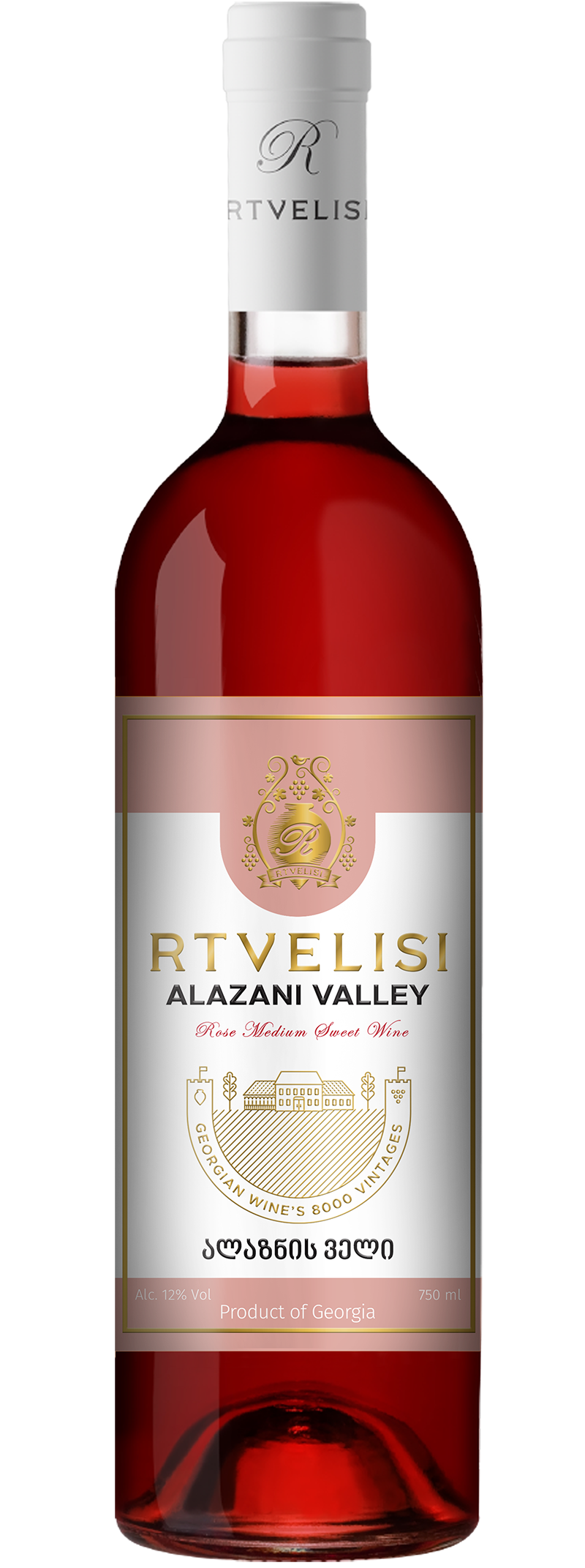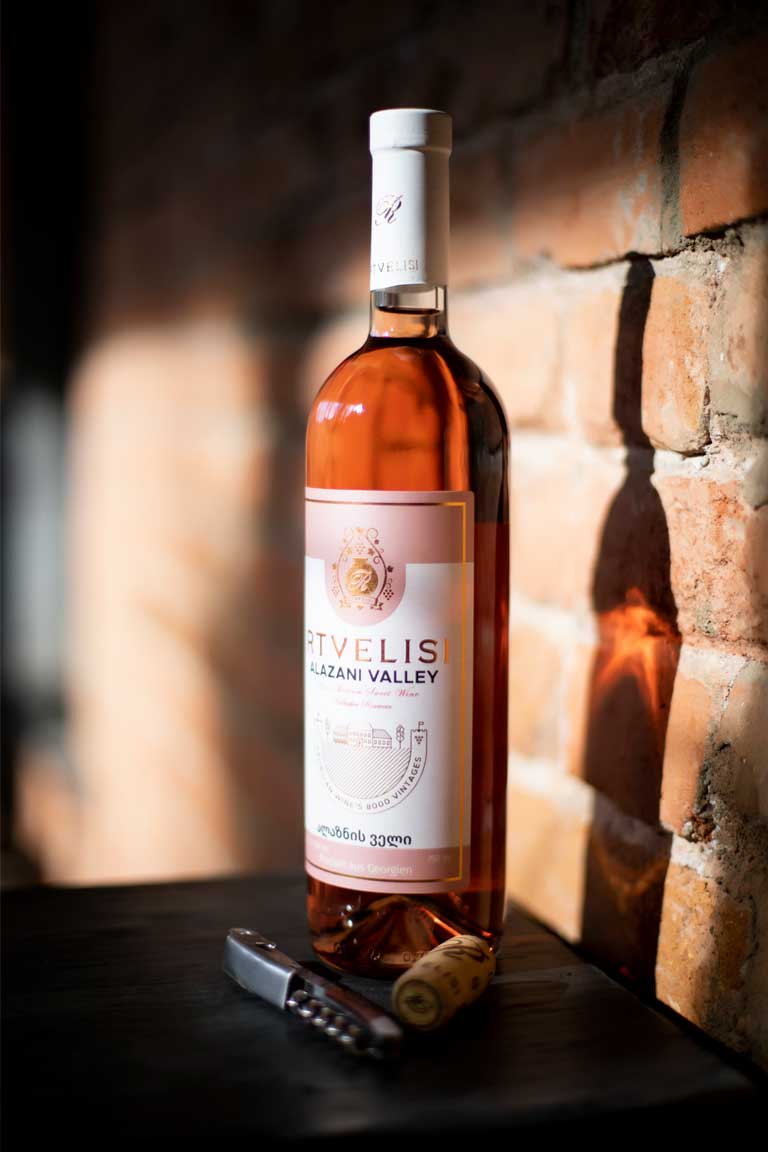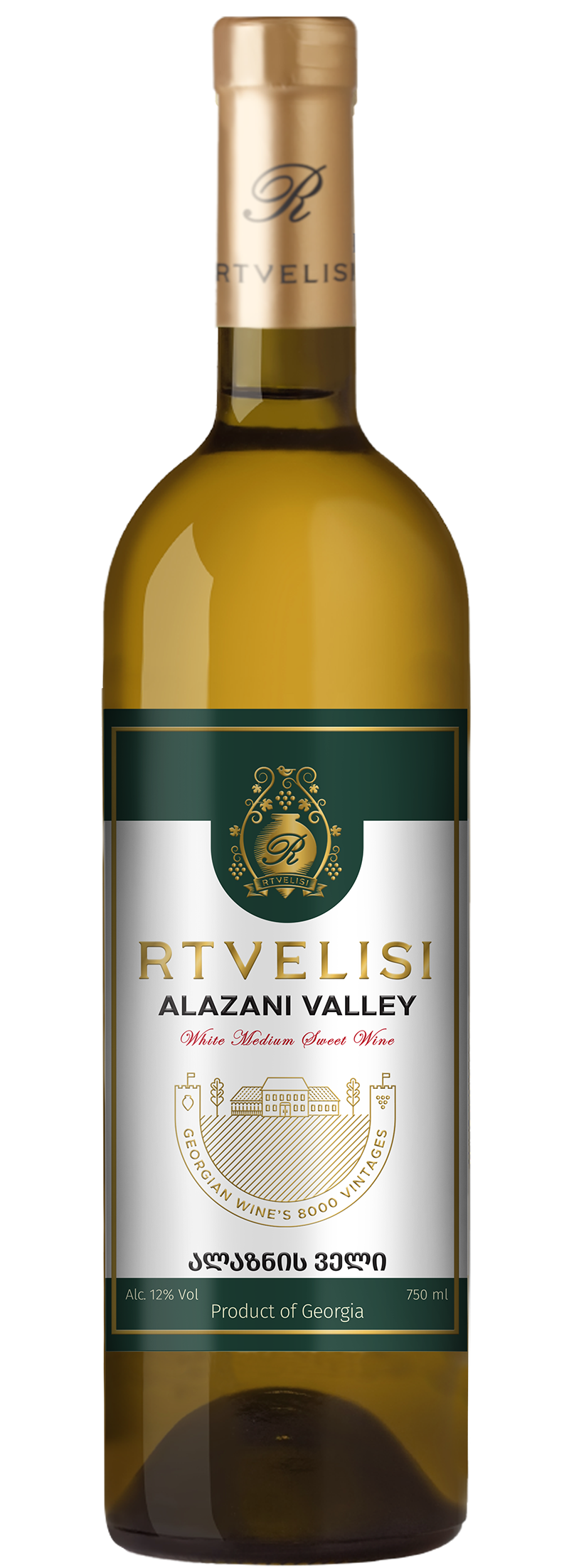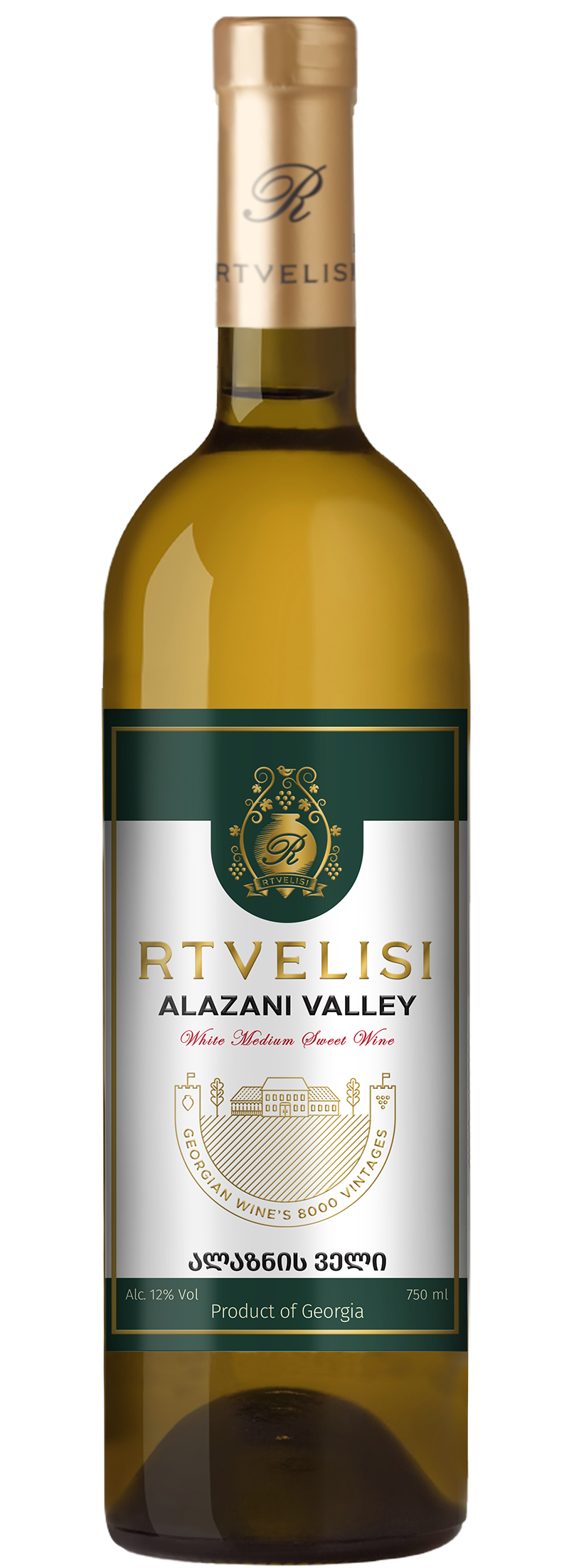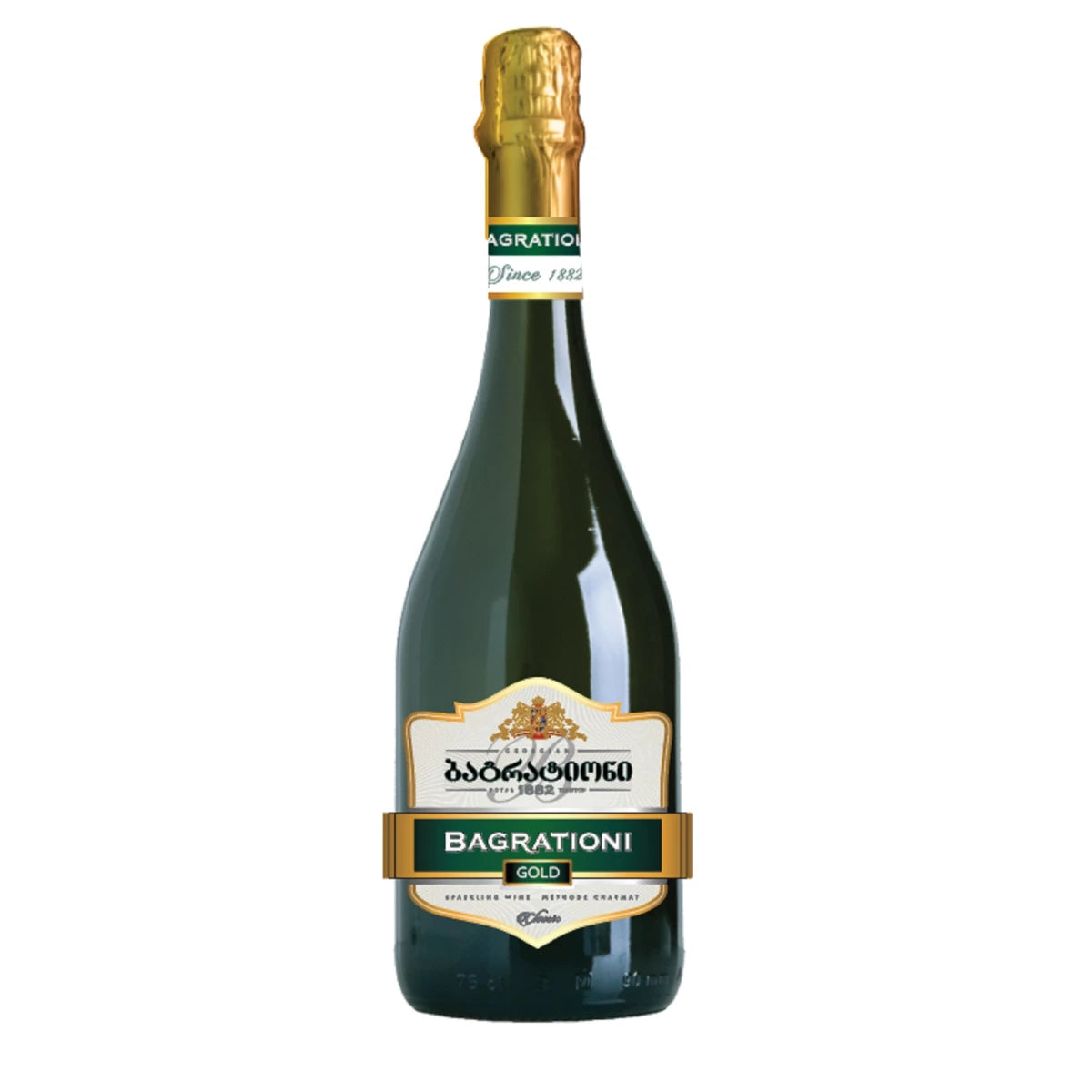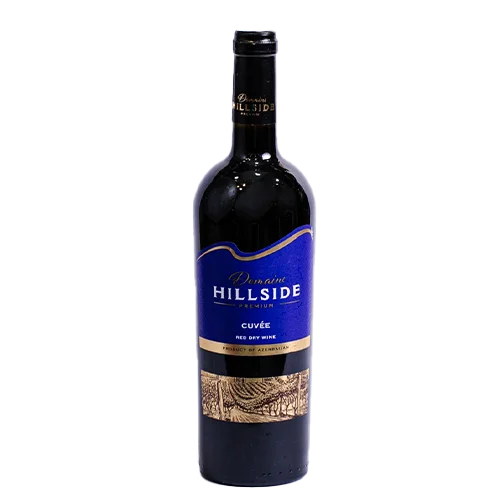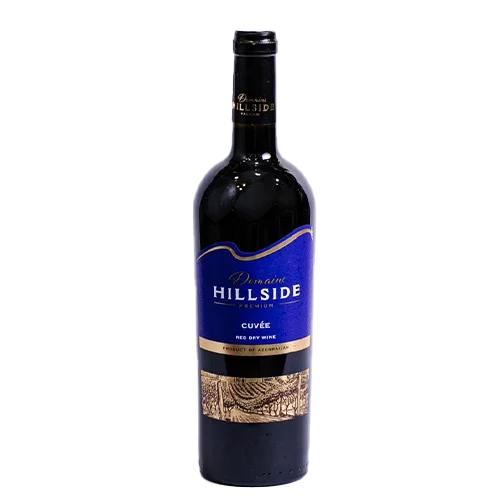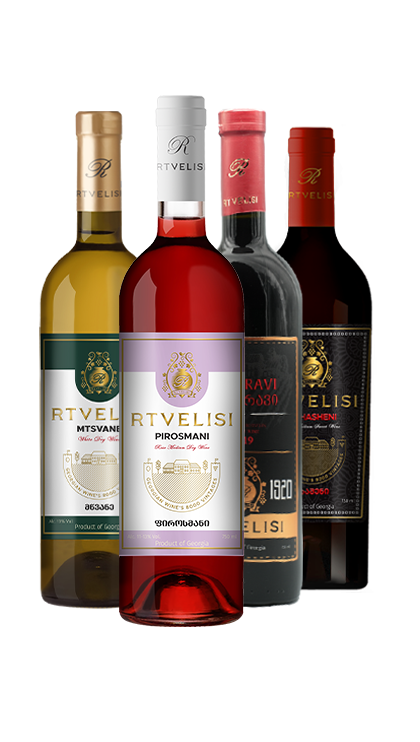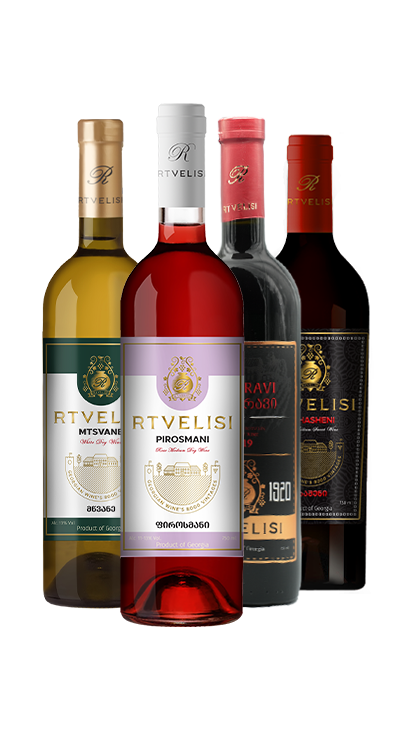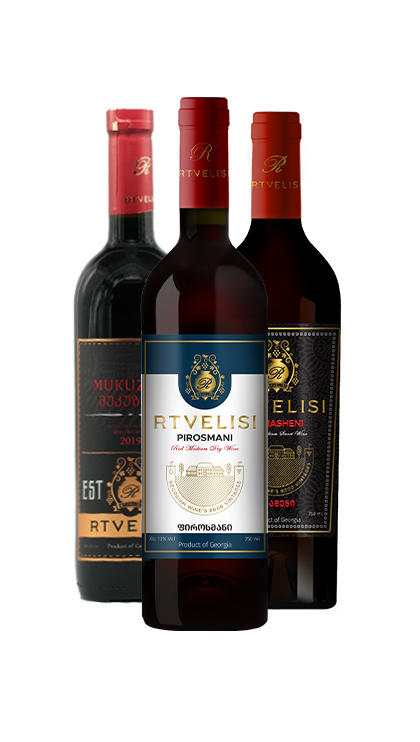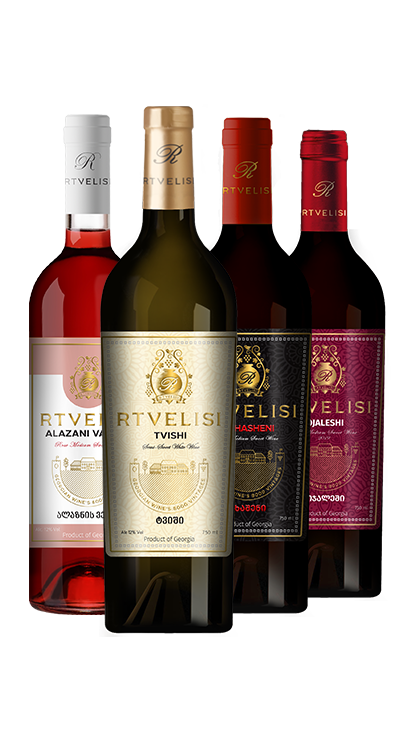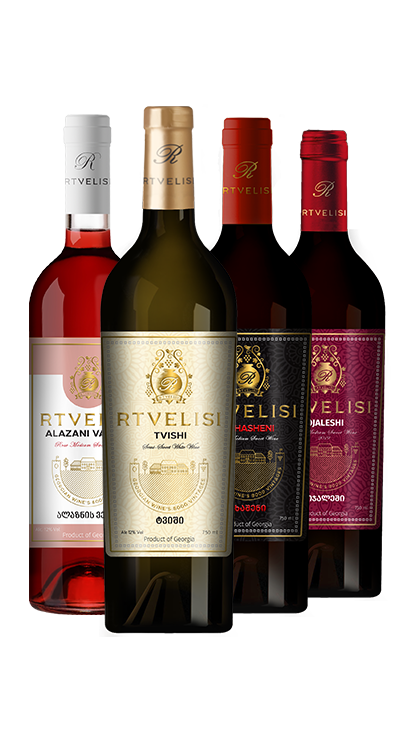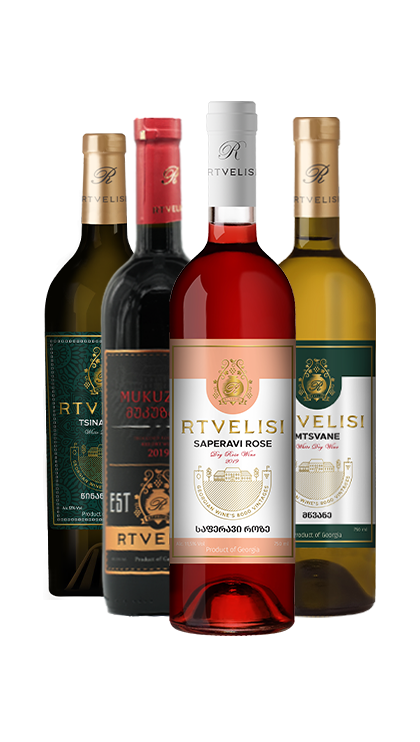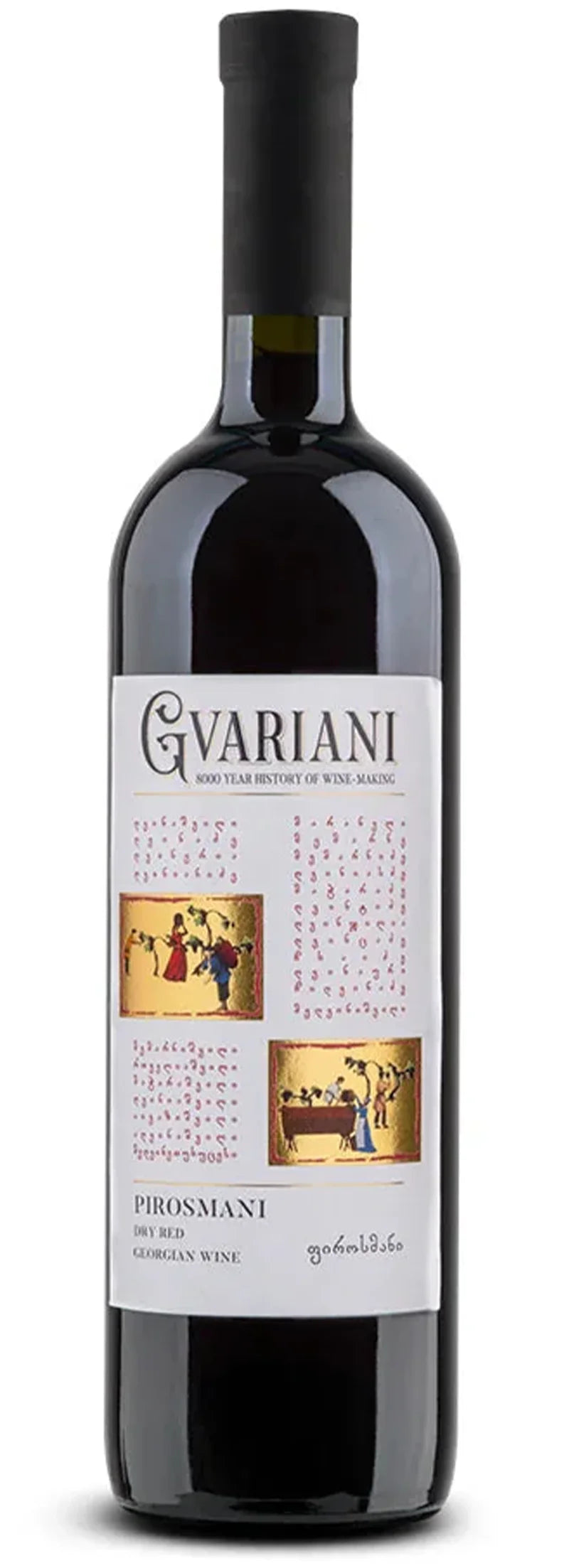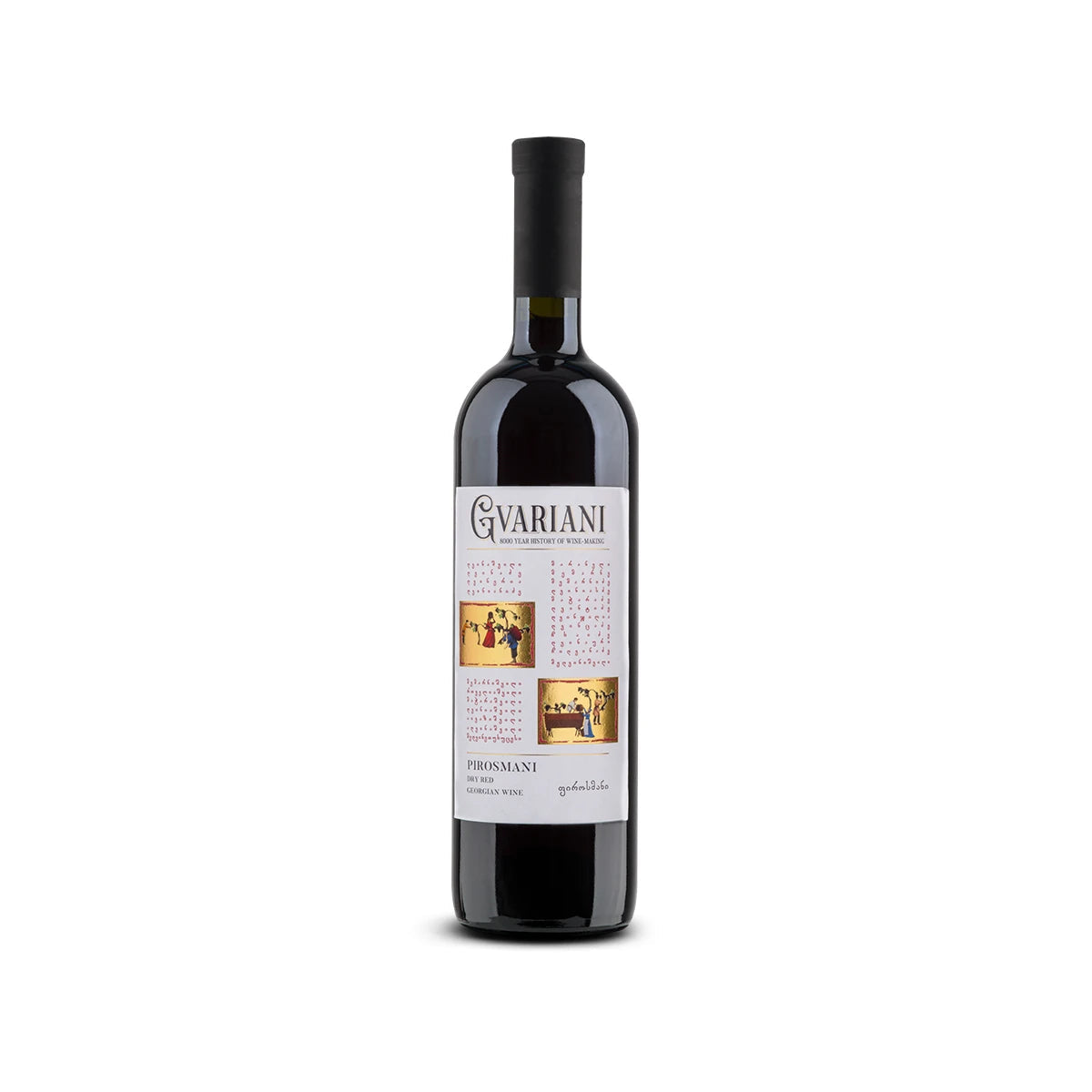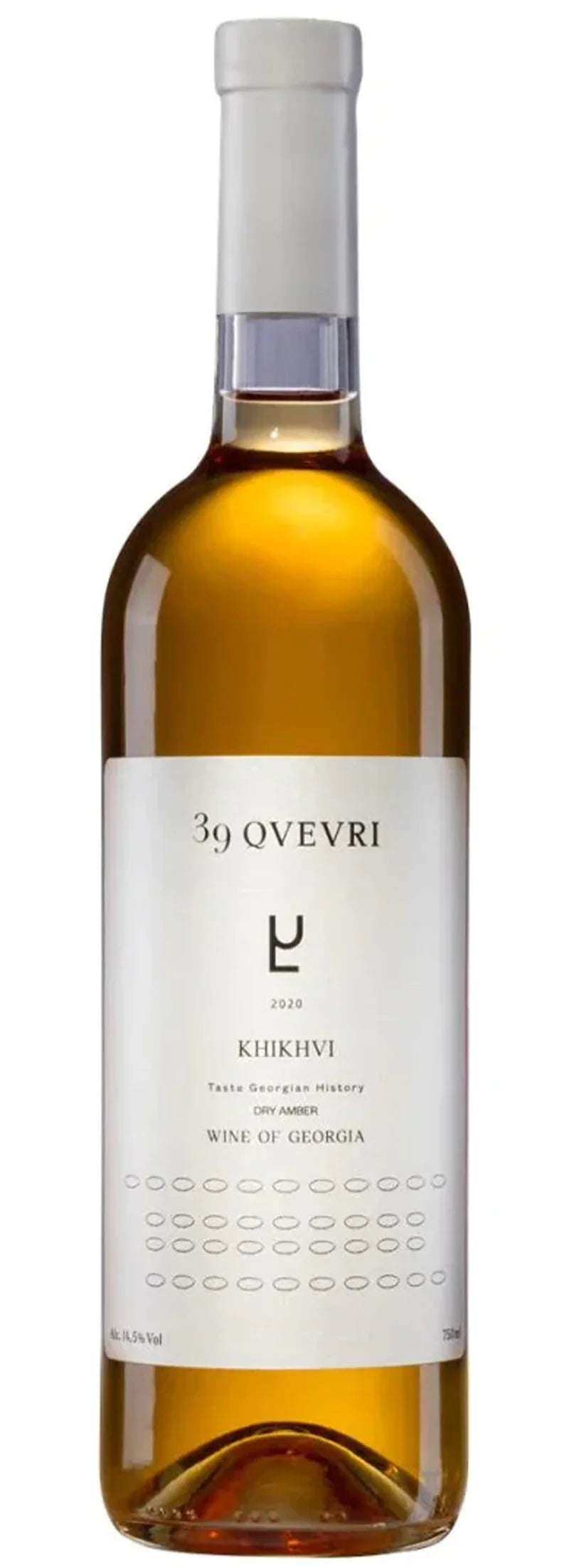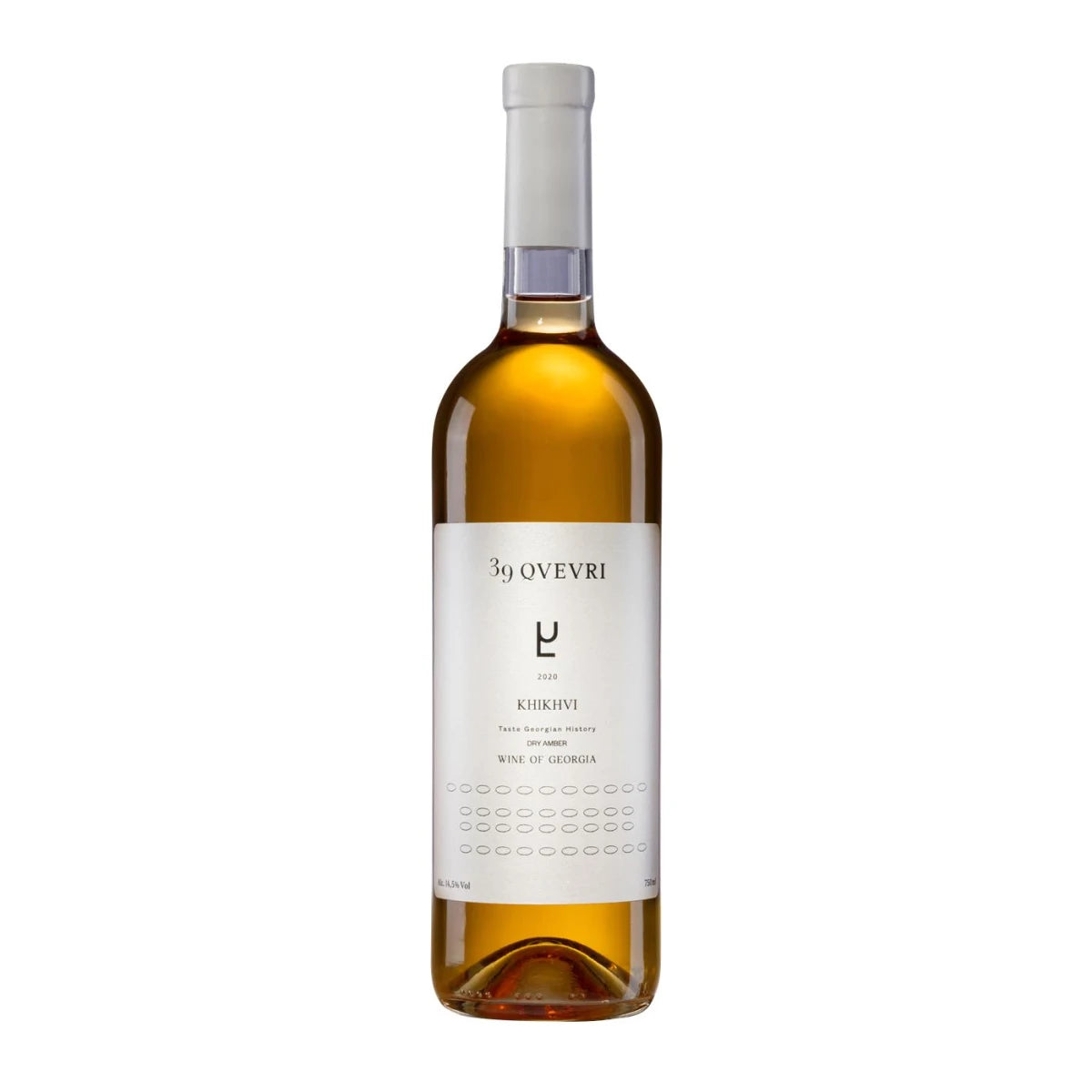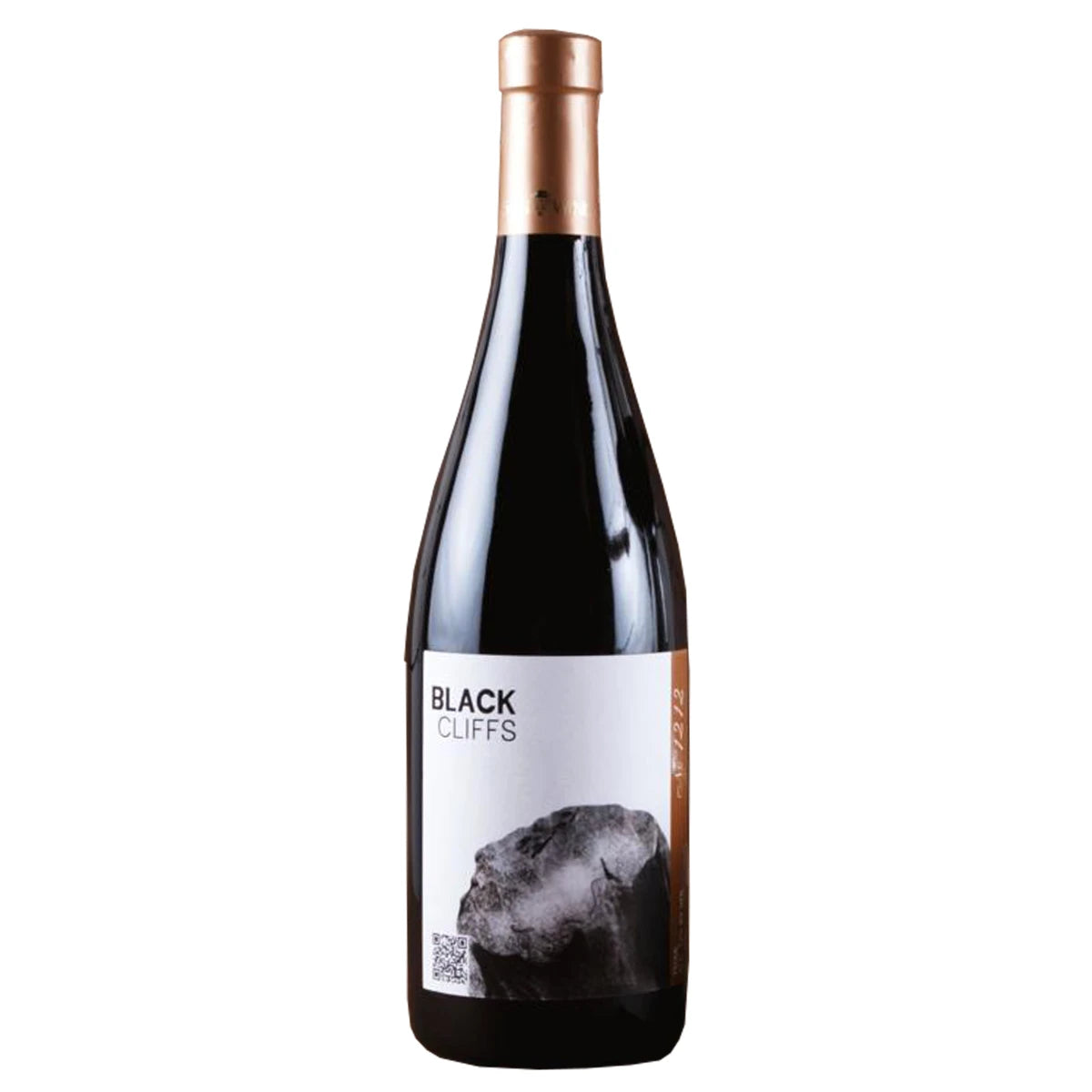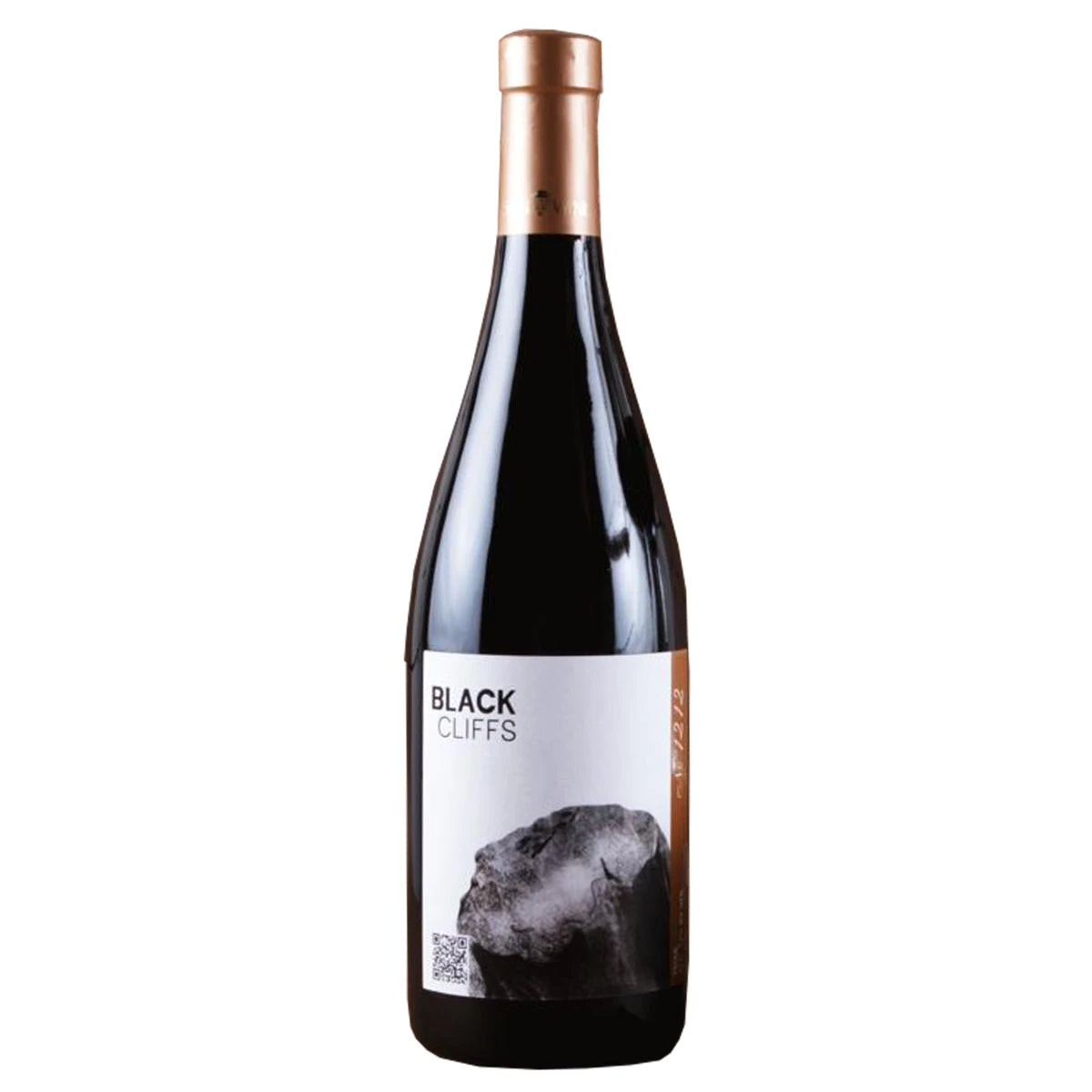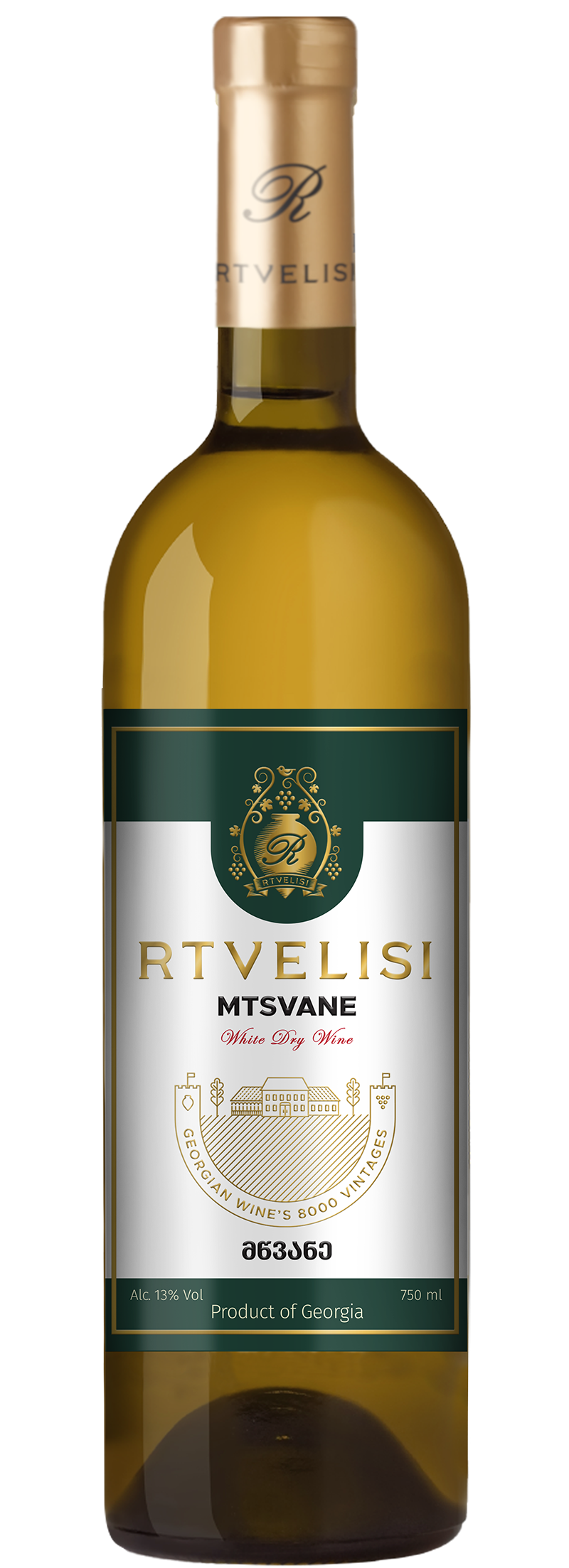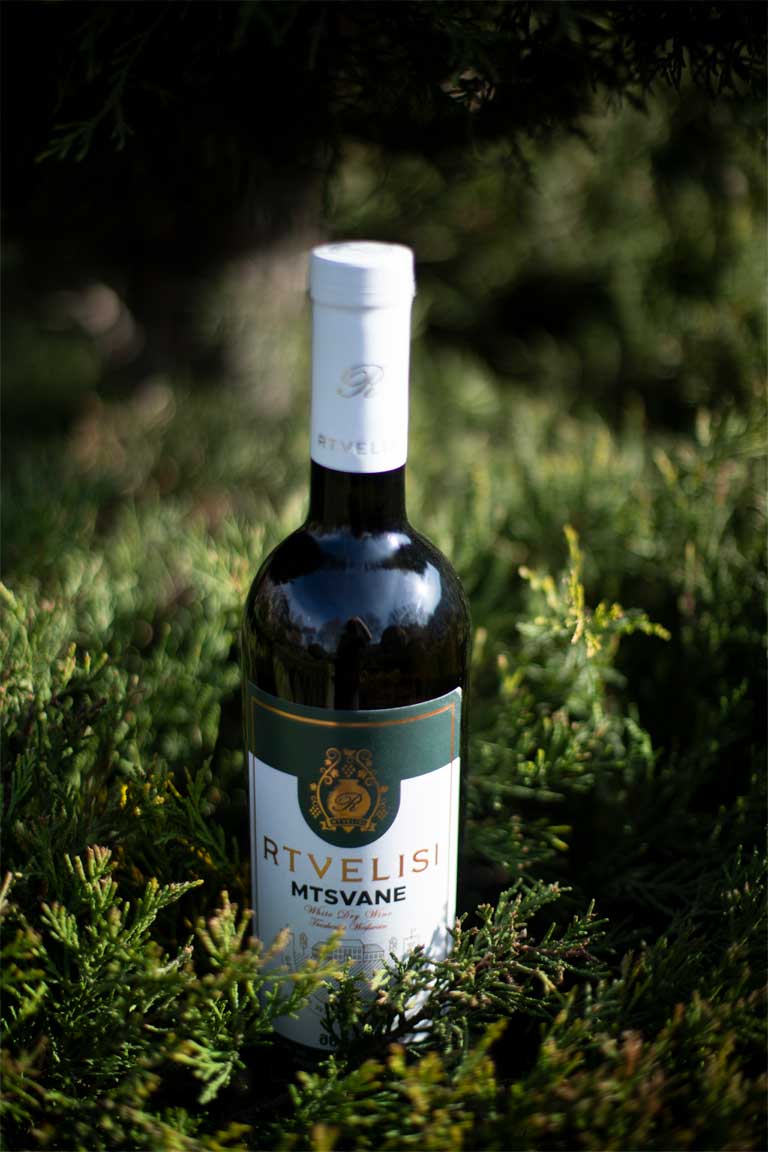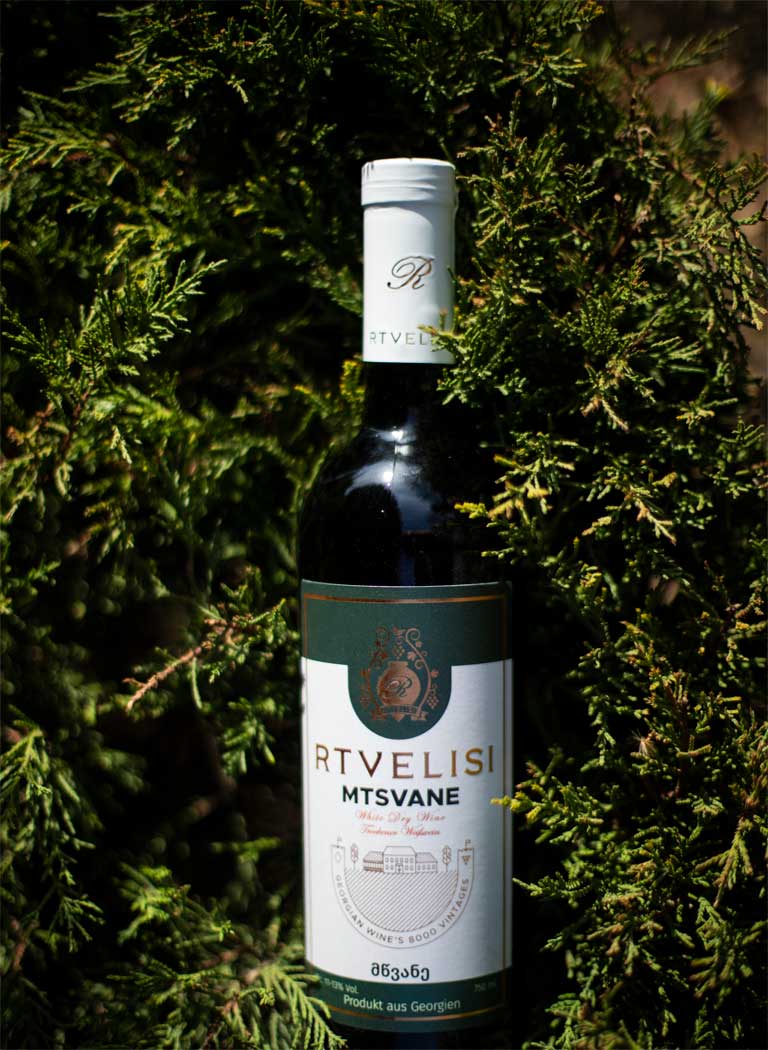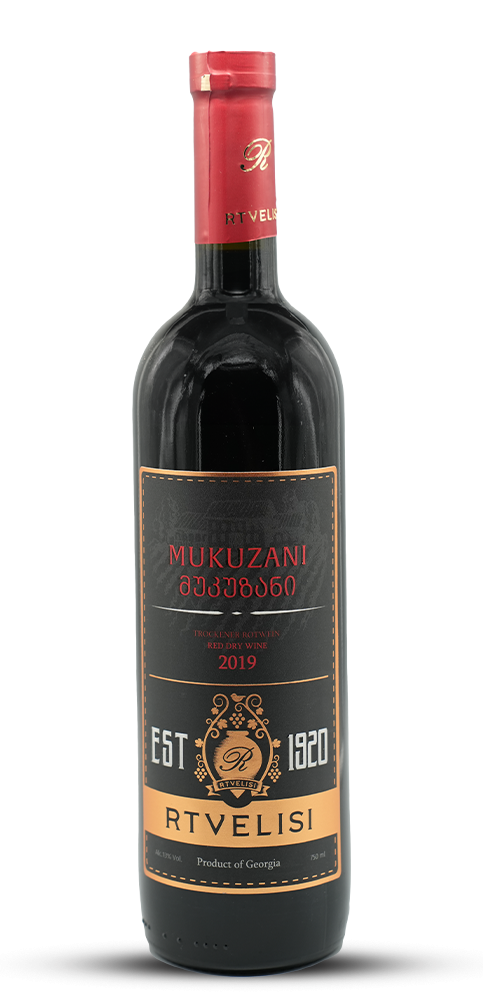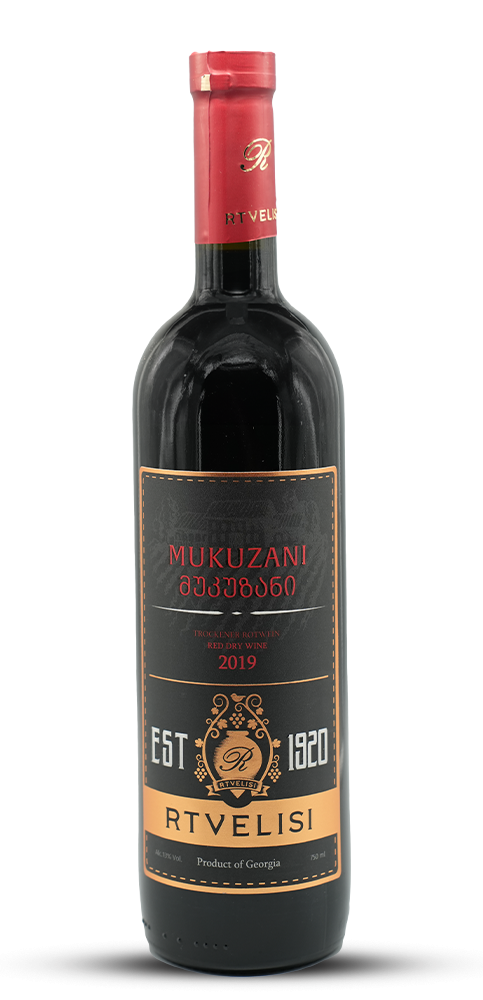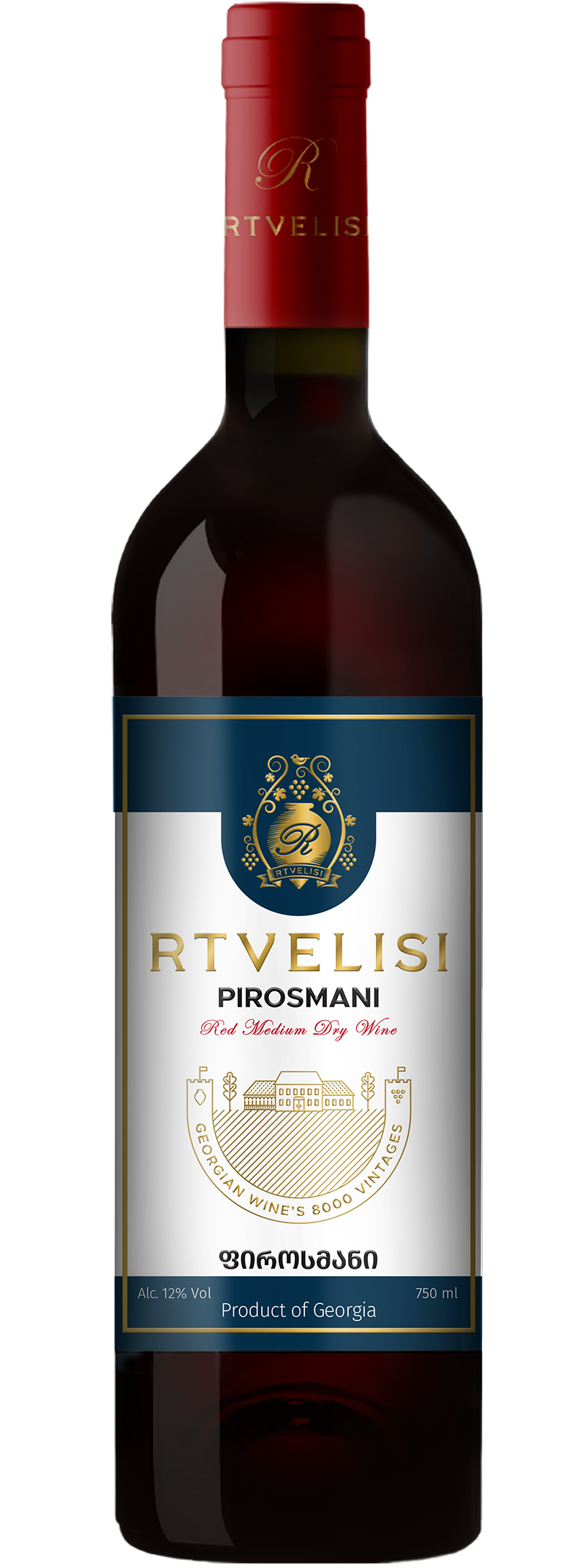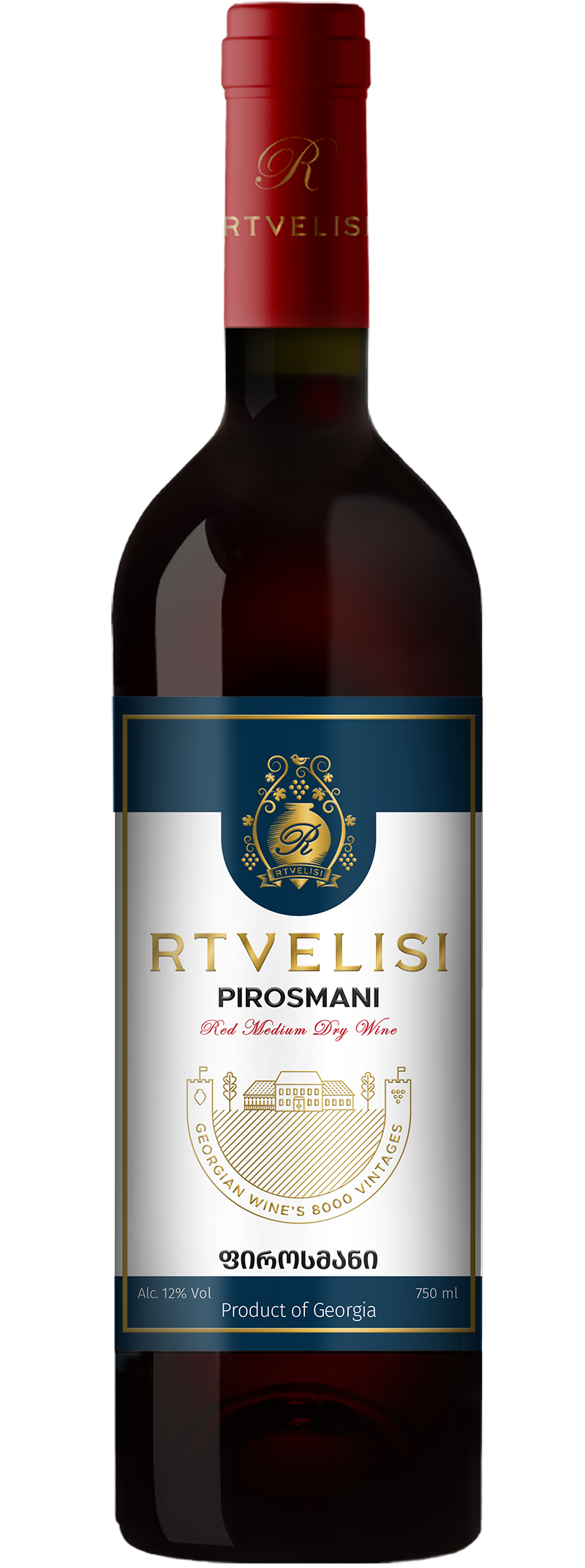Wenn Dir die Entscheidung vor dem Weinregal noch immer schwieriger fällt als vor dem hauseigenen Kleiderschrank, dann kannst Du jetzt beruhigt sein: So wie Dir geht es einem Großteil der Menschen.
Ein guter Wein spielt für viele eine ganz besondere Rolle im Leben. Dementsprechend groß ist die Auswahl, die wir heute in den Läden und auch online haben. Hier den Durchblick zu behalten, grenzt schon fast an Zauberei. Und wie sagte schon die Harry-Potter-Buchautorin J.K. Rowling? „Es sind unsere Entscheidungen, die zeigen, wer wir wirklich sind". Nun ja, das macht die ganze Sache nicht unbedingt einfacher …
Also ist es Zeit, einmal aufzuräumen und zu zeigen, worauf es bei der Wein-Auswahl wirklich ankommt. Denn schon ein paar Faktoren reichen aus, um einen guten Wein am Etikett zu erkennen und nicht eine gefühlte Ewigkeit unwissend vor dem Weinregal stehen zu müssen.






